A multiplexer (MUX) is a device which selects between several digital or analog input signals and forwards it to a single output line. Multiplexers are mostly applied to increase amount of data which can be sent over the network within a certain amount of bandwidth and time. An electronic multiplexer makes it possible for several signals to share one resource or device.
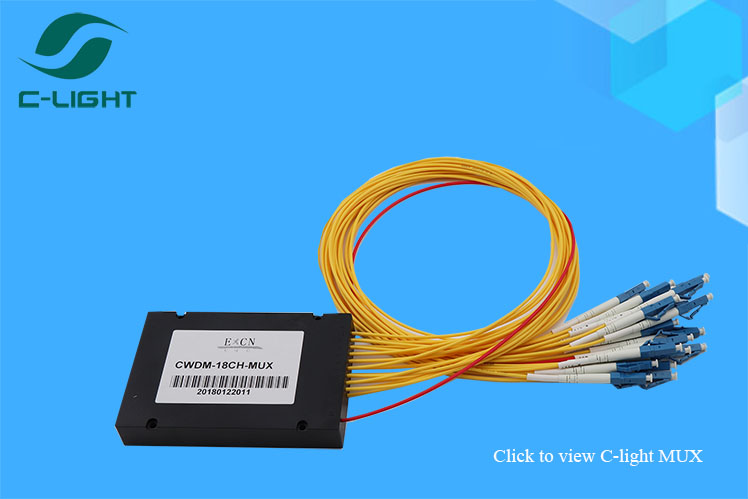
WDM technology principle
In the analog carrier communication system, the frequency division multiplexing method is generally used to improve the transmission capacity of the system, and the bandwidth resources of the cable are fully utilized, that is, signals of several channels are simultaneously transmitted in the same cable, and the receiving end is different according to the frequency of each carrier. The signal from each channel can be filtered out using a bandpass filter. Similarly, in the optical fiber communication system , a frequency division multiplexing method of optical can also be used to increase the transmission capacity of the system, and a demultiplexer (equivalent to an optical band pass filter) is used at the receiving end to separate the optical carriers of the signals. Since the signal frequency difference is relatively large in the frequency domain of light, the wavelength is generally used to define the difference in frequency. This multiplexing method is called wavelength division multiplexing. WDM technology is to make full use of the huge bandwidth resources brought by the low-loss area of single-mode fiber. According to the frequency (or wavelength) of each channel, the low-loss window of the fiber can be divided into several channels, and the light wave is used as the carrier of the signal. At the transmitting end, a wavelength division multiplexer (synthesizer) is used to combine signal optical carriers of different predetermined wavelengths and send them to one optical fiber for transmission. At the receiving end, a wavelength division multiplexer (split) is used to separate optical carriers that carry different signals at different wavelengths. Since optical carrier signals of different wavelengths can be regarded as independent of each other (regardless of fiber nonlinearity), multiplexing transmission of multiple optical signals can be realized in one optical fiber. Two-way transmission can be realized by arranging signals in two directions at different wavelengths. Depending on the wavelength division multiplexer, the number of wavelengths that can be multiplexed varies from 2 to tens, and is generally commercialized to be 8-wavelength and 16-wavelength systems, depending on the allowable wavelength of the optical carrier size. WDM is essentially a frequency division multiplexing FDM technology on the optical frequency, and each wavelength path is realized by frequency domain segmentation. Each wavelength channel occupies a bandwidth of a fiber, which is different from the conventional FDM technology of the coaxial cable: (1) the transmission medium is different, the WDM system is the frequency division on the optical signal, and the coaxial system is the frequency division and utilization on the electrical signal. (2) On each path, the coaxial cable system transmits an analog signal 4KHz voice signal, and each wavelength channel of the WDM system is a digital system with a digital signal SDH2.5Gb/s or higher.
Main features of WDM technology
WDM technology has many advantages. The bandwidth resources of the optical fiber can be utilized to increase the transmission capacity of one optical fiber by several times to several tens of times than the single-wavelength transmission; multi-wavelength multiplexing can be transmitted in a single-mode optical fiber, and the optical fiber can be saved in a large amount during long-distance transmission; The installed cable has a small number of cores, and can be expanded by using wavelength division multiplexing without major changes to the original system; since the wavelengths of signals transmitted in the same fiber are independent of each other, signals having completely different characteristics can be transmitted. The integration and separation of various telecommunication service signals, including digital signals and analog signals, and the integration and separation of PDH signals and SDH signals are completed; the wavelength division multiplexing channel is transparent to the data format, that is, independent of the signal rate and the electrical modulation mode.
Wavelength division multiplexer using method step analysis
By using light of different laser wavelengths, the wavelength division multiplexer can multiplex different signals on a single fiber. A wavelength division multiplexer maximizes capacity and increases bandwidth on single or dual fibers. It combines signals of different wavelengths into a single fiber and splits it back into the original signal at the end of the link, reducing the number of fiber jumpers required and obtaining other independent data links. The use of the wavelength division multiplexer will be described below.
Instructions
Pre-installation preparation: Simply connect the coarse-wavelength division multiplexing/demultiplexer with a 9/125μm duplex single-mode fiber patch cord. The wavelengths that the optical module is allowed to cover are 1290 nm, 1370 nm, 1410 nm, 1450 nm, 1490 nm, 1530 nm, 1570 nm, and 1610 nm.
To ensure long-term reliable operation of the wavelength division multiplexer, the following points need to be noted:
1. Keep the ventilation holes of the equipment unobstructed.
2. Do not place the wavelength division multiplexer in a closed space. This will cause the air to not circulate, which will cause the chassis temperature to be too high. 1. Keep the ventilation holes of the equipment unobstructed.
3. Before using a single-mode fiber jumper to connect the wavelength division multiplexer, check the fiber interface for cleanness, which affects the stability of the network.
4. Turn on the system power.
Precautions
1 When the optical module is not in use, a dust cap must be installed to prevent dust from falling into the optical module.
2 Check the fiber jumper regularly to see if there is any damage.
3 When connecting the optical module and the jumper, you must ensure that the fiber interface is clean.









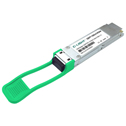

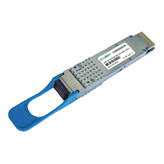

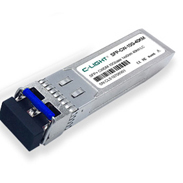
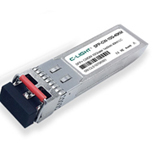
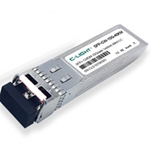
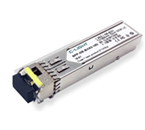
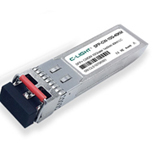
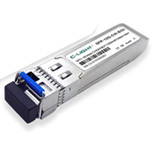



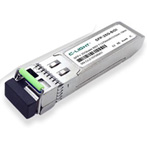

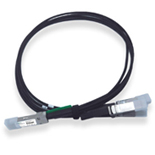
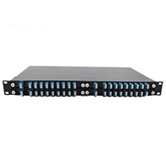
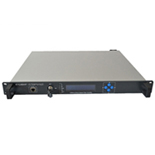
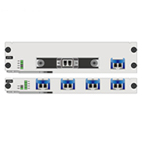

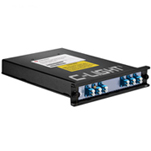
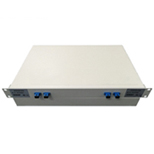


 Your current position:
Your current position: 



